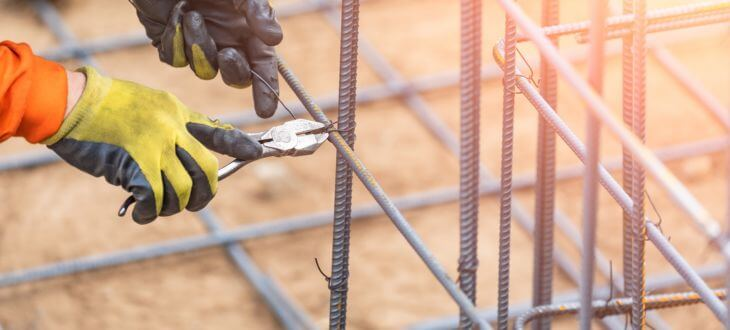 As the name suggests, fiberglass gloves are designed specifically for handling fiberglass. They are primarily made by embedding fiberglass into the glove material. Fiberglass is a tough and wear-resistant material typically made from fine strands of glass.
As the name suggests, fiberglass gloves are designed specifically for handling fiberglass. They are primarily made by embedding fiberglass into the glove material. Fiberglass is a tough and wear-resistant material typically made from fine strands of glass.
From attic insulation materials to electrical insulation, there are many ways you may come into contact with fiberglass. However, anyone who has handled fiberglass knows it can cause some unpleasant skin issues.
Why does fiberglass cause itching?
When you first see fiberglass, it appears fluffy, but if you try to touch it with your hands, you’ll have a different experience. Fiberglass is extremely fine, small enough to lodge in the pores of your skin. Even if your skin seems clear after handling it, invisible fiberglass particles may remain.
These persistent fibers can severely irritate your skin, causing itching, and scratching only pushes the fibers deeper. Although there are many ways to remove fiberglass from the skin, the best treatment is prevention, and our fiberglass gloves can help with that.
How do fiberglass gloves work?
Fiberglass gloves provide protection by incorporating fiberglass into their design. The gloves are woven from fiberglass, a material made by melting glass and drawing it into ultra-fine threads. Fiberglass offers excellent strength, abrasion resistance, and heat resistance, making these gloves especially useful in environments that involve cutting, wear, or high temperatures. Their strength and toughness shield hands from knives, sharp objects, or glass shards.
Most fiberglass gloves add an extra layer of material like nitrile rubber to the base glove, creating a safe and impenetrable barrier.
Who needs fiberglass gloves?
Fiberglass gloves are suitable for industries such as metal processing and automotive repair or in work environments that handle sharp materials like rebar, glass, or metal sheets.
You can also consider using them at home. If your house is relatively new, it likely contains fiberglass materials, so having a pair of fiberglass gloves on hand is a good precaution.
Fiberglass
Installing fiberglass is a messy process, and workers tend to prefer double or triple-layer disposable gloves. These gloves are more convenient to change when dealing with resins, solvents, and fiberglass, preventing contamination that can reduce work efficiency.
For this reason, most companies opt for double or triple-layer disposable gloves instead of highly protective chemical gloves. Since acetone is commonly used in fiberglass processing and is corrosive to most materials like nitrile and PVC gloves, latex disposable gloves are the best choice to ensure the gloves won’t break down or dissolve when in contact with acetone.
If you are interested in purchasing these gloves, visit Aibon to explore our range of fiberglass gloves.
How to Measure Glove Sizes – Source: AIBON
Latex gloves– Source: AIBON
Safety gloves– Source: AIBON
Working gloves– Source: AIBON

